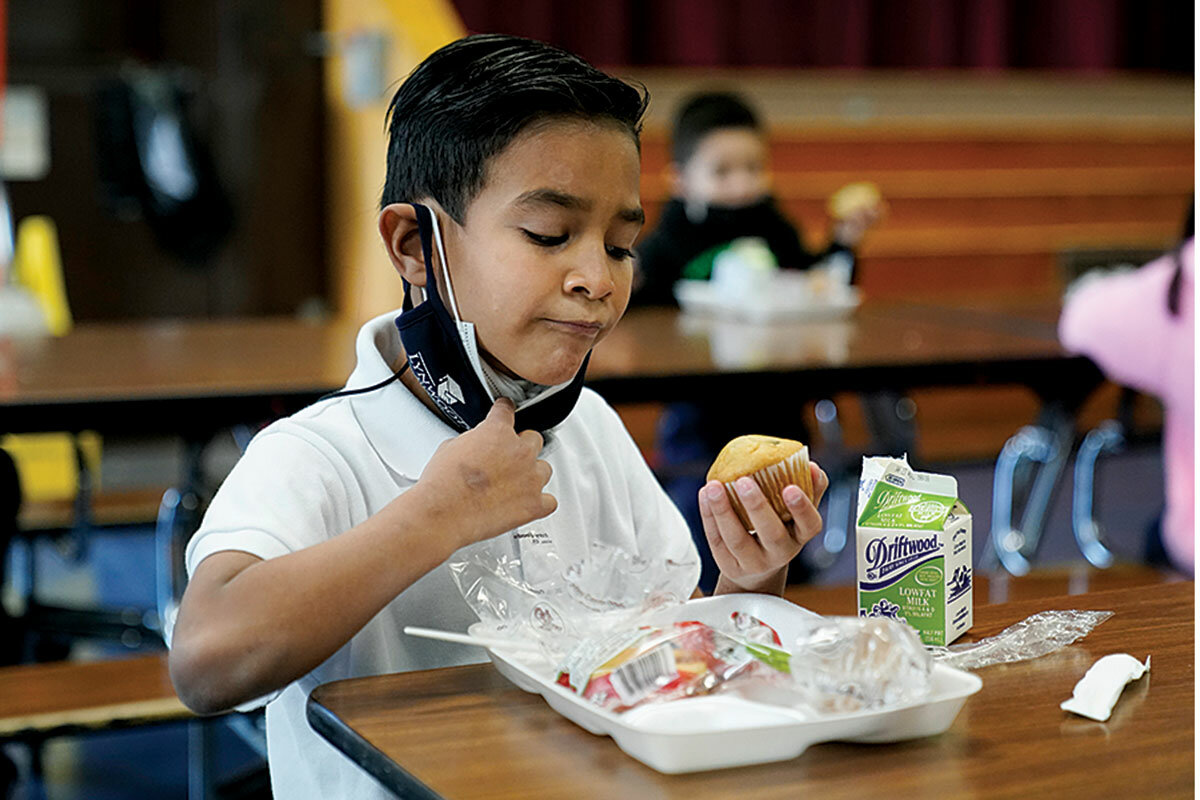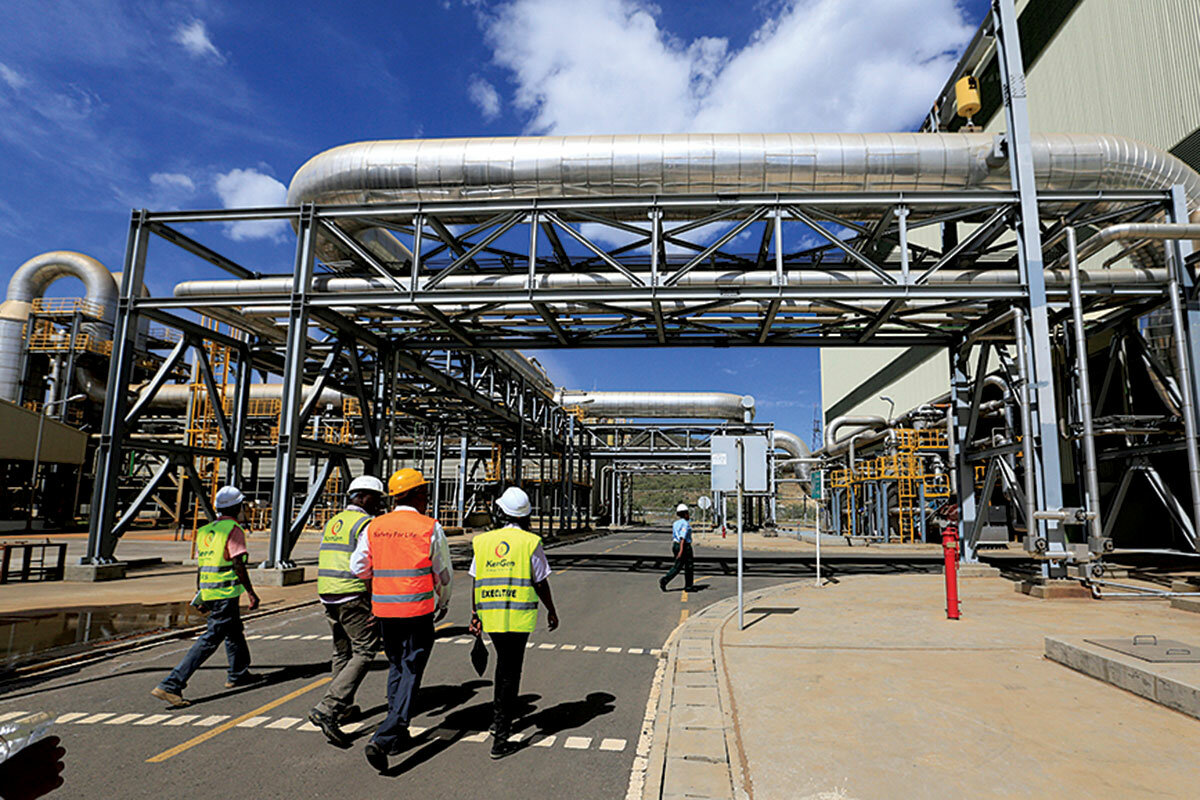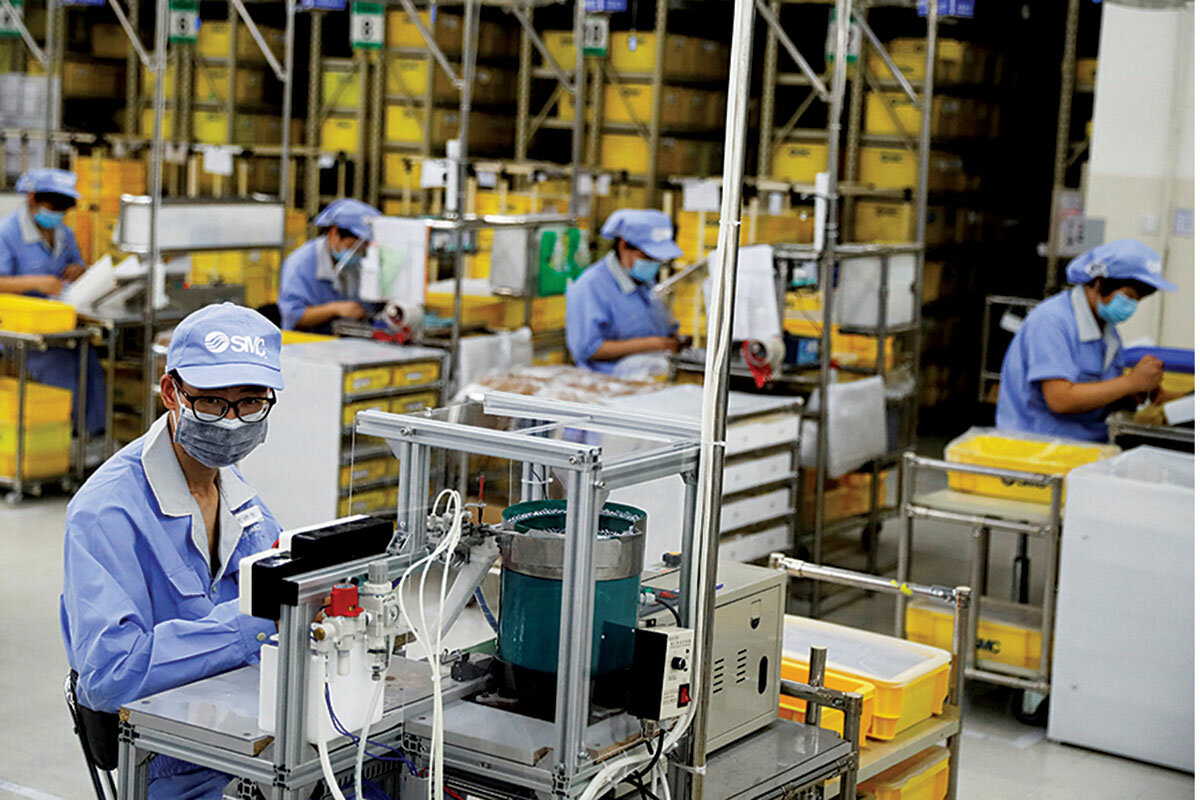Fueling up: Free school meals in US and geothermal power in Kenya
Loading...
1. United States
More states across the U.S. are equalizing access to nutritious meals for all students. As a COVID-19 relief measure, the U.S. Department of Agriculture reimbursed school districts for providing free breakfast and lunch to students, which expanded services beyond low-income children but ended at the start of the 2022-23 school year.
California and Maine passed legislation to permanently finance the universal meals program, while states from Colorado to Minnesota have proposed similar measures. Meanwhile, Nevada, Vermont, and Massachusetts extended free meals for the current school year.
Research shows that participation in school meals improves test scores and reduces negative behaviors, while advocates suggest that universal meals can help prevent the stigma of low-income students being singled out. “The kids are eating way more and they’re more focused, eager to learn and they’re just happier,” said California teacher Alyssa Wells. “They’ve got one less thing to worry about.” The USDA and school districts are also working to strengthen connections between schools and farms to provide meals using more fresh, local ingredients.
Sources: The Guardian, NPR, Edsource
2. Spain
Over 370,000 domestic workers in Spain now receive the same labor protections as other workers. Under a resolution that went into effect at the start of the month, domestic workers now have the right to unemployment benefits, health and safety protections, and just cause before dismissal. The new legislation will primarily impact women, who make up 95% of the nation’s domestic labor force, many of them immigrants.
Workers’ groups and trade union organizations fought for years to achieve these labor protections. And for families who employ domestic help, the government will pay a portion of the costs to offer benefits to workers. Yolanda Díaz, Spain’s second deputy prime minister and minister of Labor and Social Economy, said the move helps “reach out to all those women who, unjustly separated from the rights and guarantees that corresponded to them, will today be able to aspire to decent work and a more peaceful life.”
Source: International Labor Organization
3. Kenya
A longtime leader in the sector, Kenya has made a name for itself as a geothermal powerhouse. The country’s energy mix includes more geothermal than any other single source, as more than 800 megawatts of generating capacity have come online since 1981. Hydropower and wind are the other renewables that make up more than 85% of Kenya’s electricity generation.
The region’s Great Rift Valley, which spans much of East Africa, is estimated to hold a geothermal potential of 10 times the current level of production. Second only to solar power in abundance, geothermal is still not a perfect solution: The construction of geothermal wells can displace Indigenous communities and encroach on natural ecosystems. “Kenya is on a transition to clean energy that will support jobs, local economies, and the sustainable industrialization,” said newly elected President William Ruto. “We call on all African states to join us in this journey.”
Sources: Reasons to be Cheerful, GDC Kenya
4. China
Nearly 800 million people in China have been lifted from poverty since 1980. The speed and extent of poverty reduction is historically unprecedented and accounts for nearly three-quarters of the global decline in extreme poverty during that time, according to a joint report published earlier this year by the World Bank and China’s Development Research Center of the State Council. Poverty dropped from 88.1% to 0.3% in four decades using the $1.90 poverty line. In rural areas, the percentage of people living in poverty according to China’s national standards fell from 97.5% in 1978 to 0.6% in 2019.
The study attributes success to rapid economic growth on the one hand, boosted by improved agricultural productivity and investment in infrastructure, and targeted poverty alleviation policies and social protections on the other. While China declared the eradication of extreme poverty according to its own poverty thresholds last year, a significant portion of the population remains economically vulnerable according to higher standards used in upper-middle-income countries. For the future, the report recommends a shift in focus toward closing inequality gaps in income and opportunities.
Sources: The World Bank and The Development Research Center of the State Council, China
World
Researchers launched the world’s highest-resolution land cover mapping tool that works in near-real time. Known as Dynamic World, the data set enables access to information about urban development, wetlands, forests, crops, and more at a fraction of the time it used to take. That means decision-makers no longer have to wait months to address disturbances to ecosystems or better manage changing land conditions.
Dynamic World uses data from the European Space Agency’s Sentinel-2 satellites, which compile over 5,000 images from around the globe every few days. That data is then streamed into an AI platform; anyone can access the information for free through monitoring platforms Google Earth Engine and Resource Watch. Users can also compare land-use maps over time, starting in 2015. Dynamic World has the potential to “trigger a level of action that we have never seen before” by bringing landscapes to life for observers, said Wanjira Mathai, vice president and regional director for Africa at World Resources Institute.
Source: Mongabay









